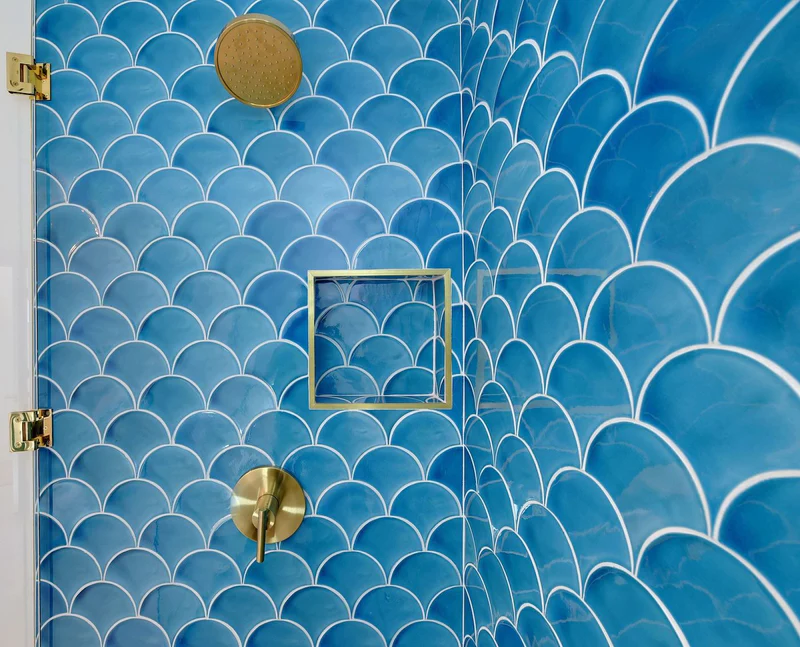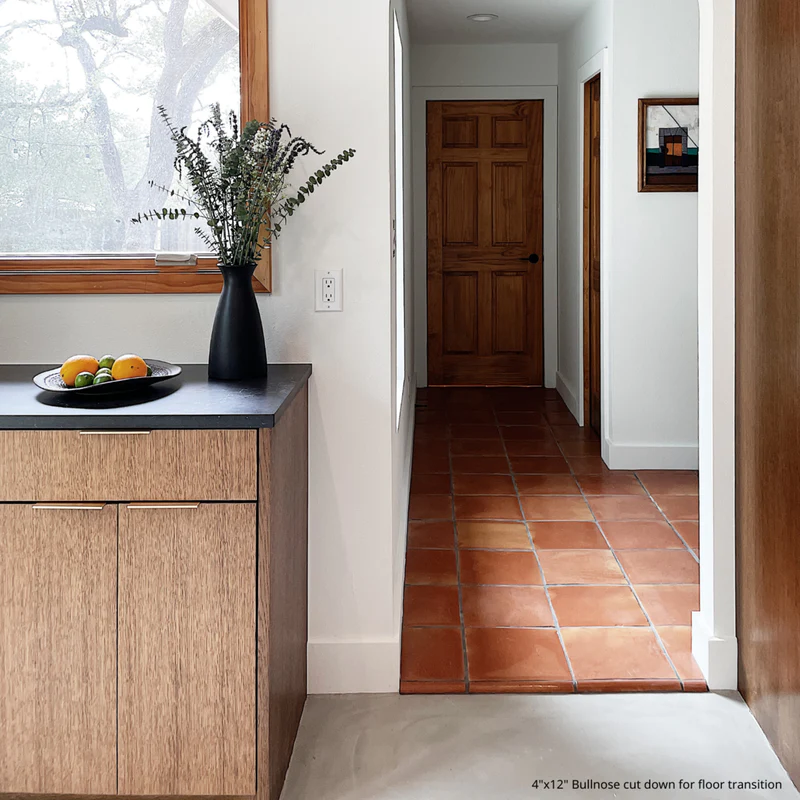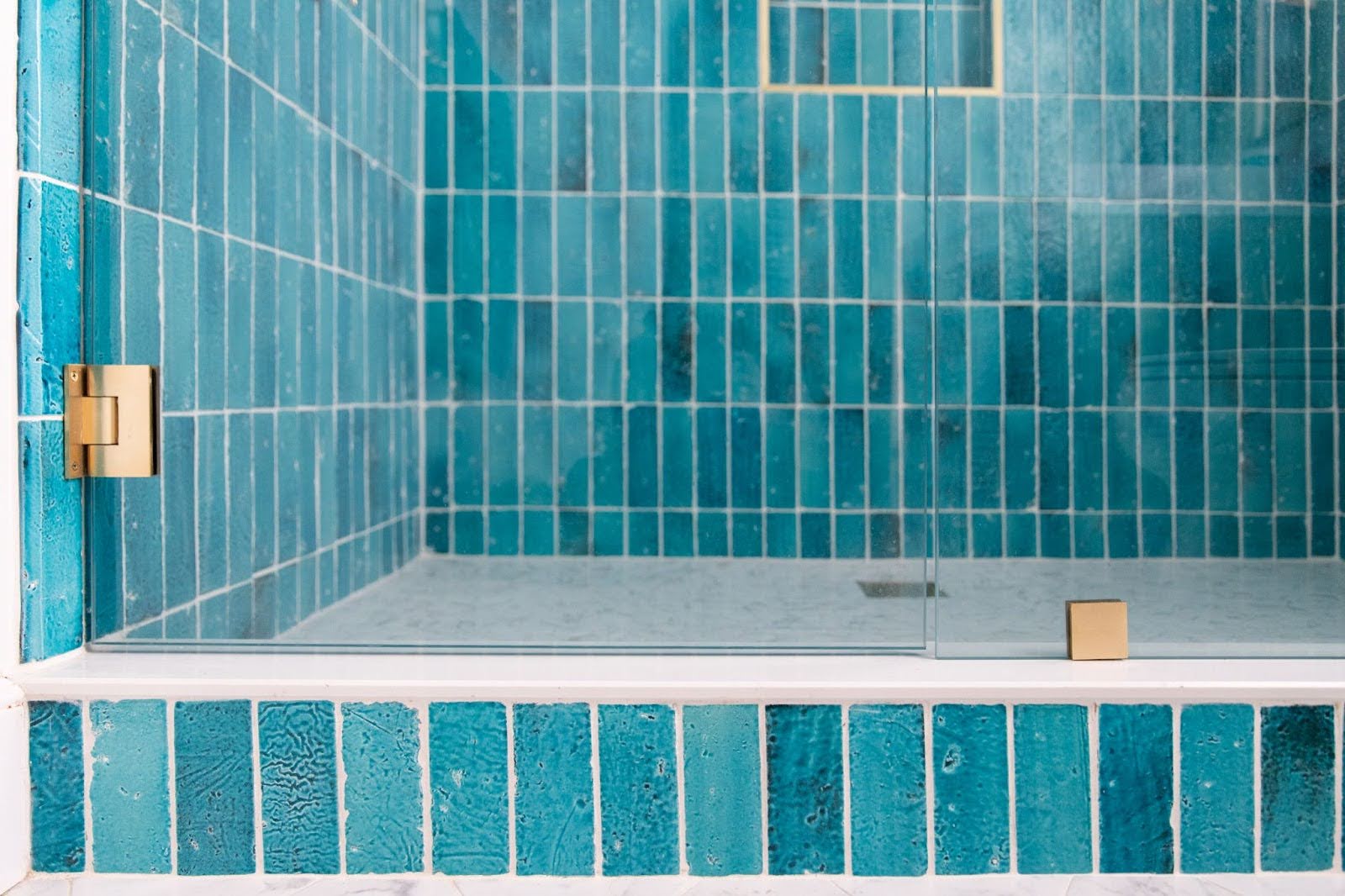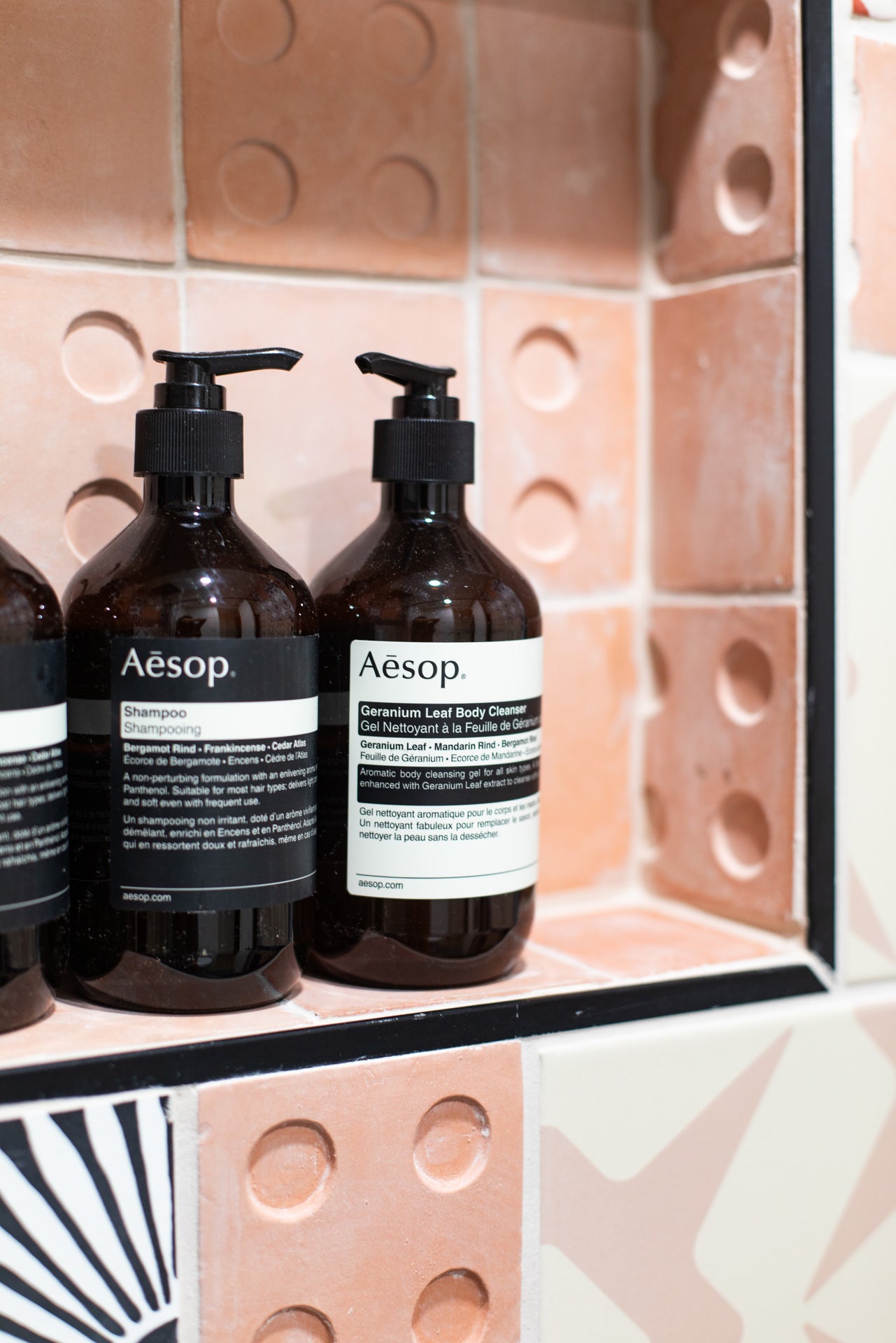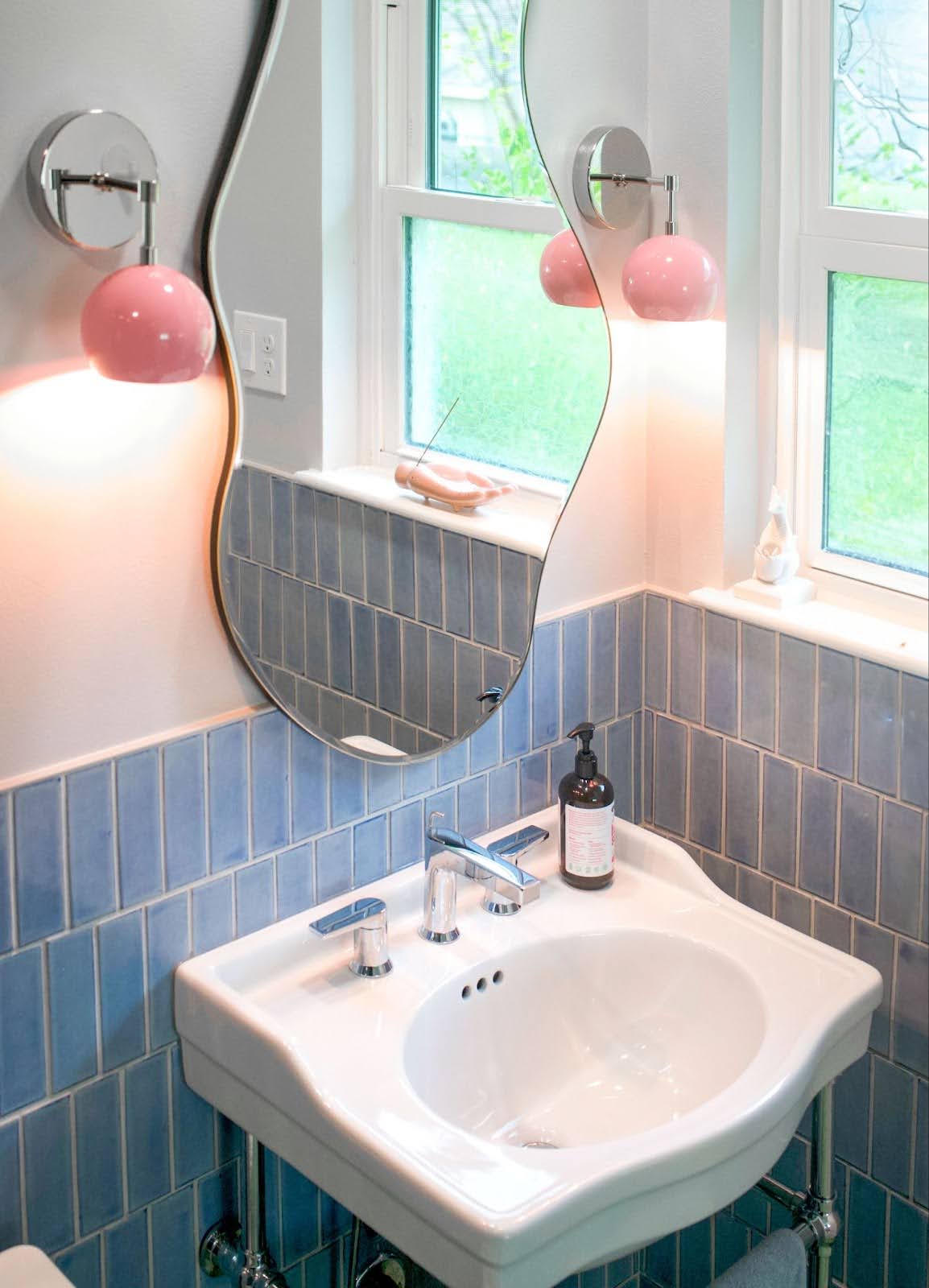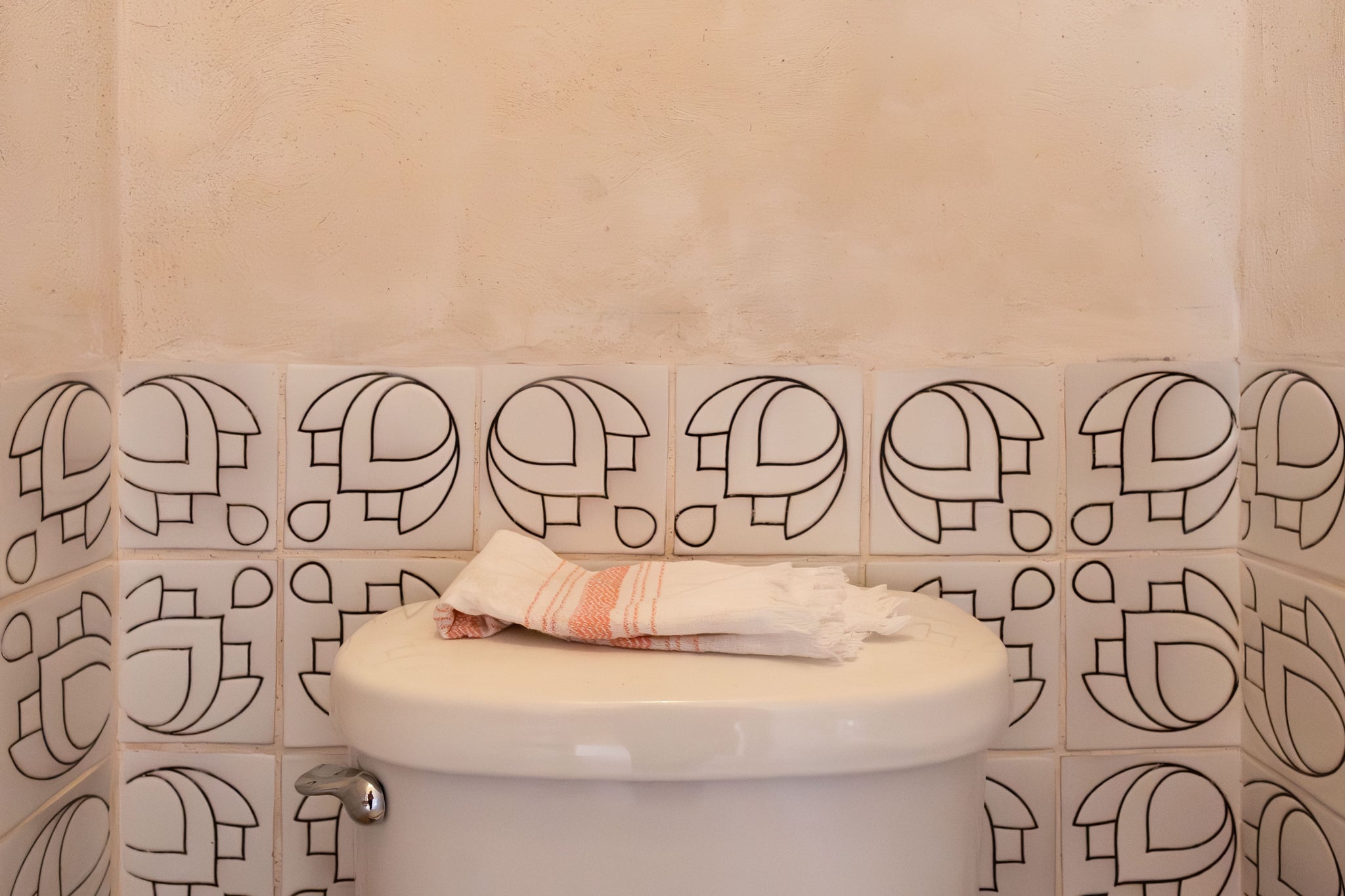Tile 101: Tile Trim
Enhance Your Tile Projects with Stylish Tile Trims
By Clay Imports
When it comes to tile installations, attention to detail can make all the difference in achieving a polished and professional look. One element that often goes unnoticed but plays a crucial role in the overall aesthetic appeal of tiled surfaces is the trim; that’s why in this article we’ll discuss what’s a trim and how you can use it in your favor for your next project.
What is a trim?
Trims are finishing pieces that provide a neat and refined edge to tiled areas, while also offering protection against chipping and cracking. In this article, we will explore the importance of tile trims and we’ll show you various popular styles that can elevate your tiling projects to new heights.
Why should I use a trim?
Trims serve both functional and decorative purposes, making them an essential component of any tile installation. Primarily, tile trims protect the vulnerable edges of tiles, preventing them from getting damaged due to impacts or other external factors. By protecting the edges, tile trims enhance the durability and longevity of the tiled surface. Additionally, trims can provide a new layer of design to your projects: you can use it to enhance the installation or maybe to contrast the decorative elements of your room.
Types of trims
There is a wide array of popular styles available to cater to various design preferences and installation requirements. For simplicity, we’ll explore them in this article in 3 categories: Tile Trim, Metal Edging, and No trim.
Tile trims
Tile trims are, as the name suggests, specialized tiles that are used to protect the edges or corners of your tiles and installations. One of the most popular tile trims is the bullnose: a tile trim that features a rounded edge on one side, providing a smooth and gentle finish. This style is commonly used when only one edge of the tile is exposed, such as along a wall or an edge of a countertop, and if your tile work doesn’t extend to the ceiling. It offers protection to the exposed edge and complements the tile design seamlessly.
Another popular tile trim choice is the glazed edge. The glazed edge tile trim describes a type of tile trim that matches the size of the main tiles and has the same color applied to its edges/sides. This ensures a cohesive look when installed alongside the field tile and will enhance the tile work of your installation.
 The glaze trim is featured here in the edges of the shower niche and around the window | Build by AR Lucas Construction
The glaze trim is featured here in the edges of the shower niche and around the window | Build by AR Lucas Construction
Finally, pencil tile trim is a more dimensional tile trim that is frequently used as a transition trim; they are used where tiles meet another surface, such as walls, countertops, or other tile works within the same installation. They can also be used as decorative accents within the tile design, and are named "pencil" due to their thin, elongated shape, resembling a pencil.
 The pencil liner trim is around the edges of the shower and bullnose around the window | Design Canales & Co. | Photo Jeff Jones
The pencil liner trim is around the edges of the shower and bullnose around the window | Design Canales & Co. | Photo Jeff Jones
Because tile trim is inherently a finishing touch, it should be installed as the second to last step of any tile installation project. We recommend adding tile trim in your installation process; the only instances where tile trim may not be necessary are when the tile meets flush against other surfaces, such as wall corners or floor edges.
Bullnose, glazed, and pencil are the most popular trims, but that doesn’t mean they are your only choices; you should always consider where the trim will be installed. For example, cove base trims feature a concave shape that seamlessly connects the tiled surface to the wall, creating a smooth curve between the tiled wall and floor. Meanwhile, chair and rope tile trims can have a high decorative design, such as grooves, beveled edges, or intricate patterns, in case you want to further enhance the aesthetic appeal of your installation.
Consider the overall design of your installation and the space where the tile will meet different surfaces to find the best tile trim for you. We also recommend consulting with your experienced tile installer to find the best trim option for your project.
 Chair rail trim is used here to separate and enhance the tilework from the wall
Chair rail trim is used here to separate and enhance the tilework from the wallMetal edging
The metal edging is more often known as "Schluter" trim. The term Schluter is derived from the company that manufactures these profiles, Schluter Systems. It consists of a range of profiles and accessories made of durable materials like aluminum, stainless steel, or PVC. The precise design and high-quality materials of Schluter trim ensure durability and longevity.
Schluter profiles are available in various shapes and sizes and they are typically used to protect tile edges in heavy traffic areas, ensuring the durability and aesthetic appeal of tiled surfaces. They are used mostly as a flooring transition and to avoid damaging the flooring; they can serve as a visual signal of a change in surface and they provide a smooth, safe and visually appealing shift between the different styles of flooring.
Schluter trim is also used to protect the edges of niches inside walls, especially in showers and bathrooms. They are often used in these rooms in particular to avoid moisture and water entering underneath the tile, while also the overall appearance. Schluter trim is versatile and can be used on flooring to smoothly transition around edges and navigate corners.
Both the shower niche and the space where the tile meets the exterior wall feature a metal edging | Design by Olivia Radke
No trim
Finally, we’ll talk about how you can achieve a trim without using any additional materials from a regular tile installation. The most popular of these is the Miter cut: a technique used to cut tiles at an angle, usually 45 degrees, to create precise corner joints or angled edges, resulting in two pieces that can be joined together to form a seamless corner.
Miter Cut: This no trim option is commonly used to create precise corner transitions in tile installations. This technique is commonly used when installing trim profiles that require precise corner fitting. By cutting the tiles at a 45-degree angle, the resulting joints create a professional and polished look, with no visible gaps or uneven edges.
 Miter cut is a popular choice for shower and bathroom niches | Design by Claire Zinnecker
Miter cut is a popular choice for shower and bathroom niches | Design by Claire Zinnecker
 Design and photo by @casey__casey__casey
Design and photo by @casey__casey__casey
 Miter cut is a great choice for 3 dimensional tiles rounding corners | Design by HW Interiors featured in Elle Decor
Miter cut is a great choice for 3 dimensional tiles rounding corners | Design by HW Interiors featured in Elle Decor
Field Tile Trim: This method is commonly used to create smooth edge or corner transitions in tile installations. It is often applied when working around windows, niches, or creating a tile border where it meets the wall. By cutting the tiles at a 45-degree angle or using thinset to create a thicker setting behind the tiles, you can utilize the field tile to craft a decorative trim. This results in a clean and stylish finish.
 Miter cut the tiles to create a trim the same design as the tile | Design and photo by Jane Ko
Miter cut the tiles to create a trim the same design as the tile | Design and photo by Jane Ko

Inset: Inset tile trims are a type of trim that is designed to be recessed or set into the surface of the surrounding tile. The term "inset" refers to the fact that these trims are embedded or inserted within the tile layout. Once installed, the Inset tile trim creates a distinct and eye-catching feature. The contrast between the inset tiles and the rest of the surface creates a focal point and adds depth to the design.
Grout, paint, or wood, while not traditional tile trim materials, can be used to fill the gaps or joints between tiles. We're going to discuss how they act individually, but keep in mind that these materials can be used in combination to create a cohesive and finished look in tile installations, as you can see in this featured article.
Grout: While primarily used for joint filling, grout can also be employed as a design element to create contrast or emphasize the tile pattern. It is available in various colors, allowing for customization and creating different visual effects. When used as a tile trim, grout fills the joints, creating a seamless appearance and protecting the edges of the tiles from moisture and debris and it can be used practically anywhere, as long as it is not in freezing conditions.

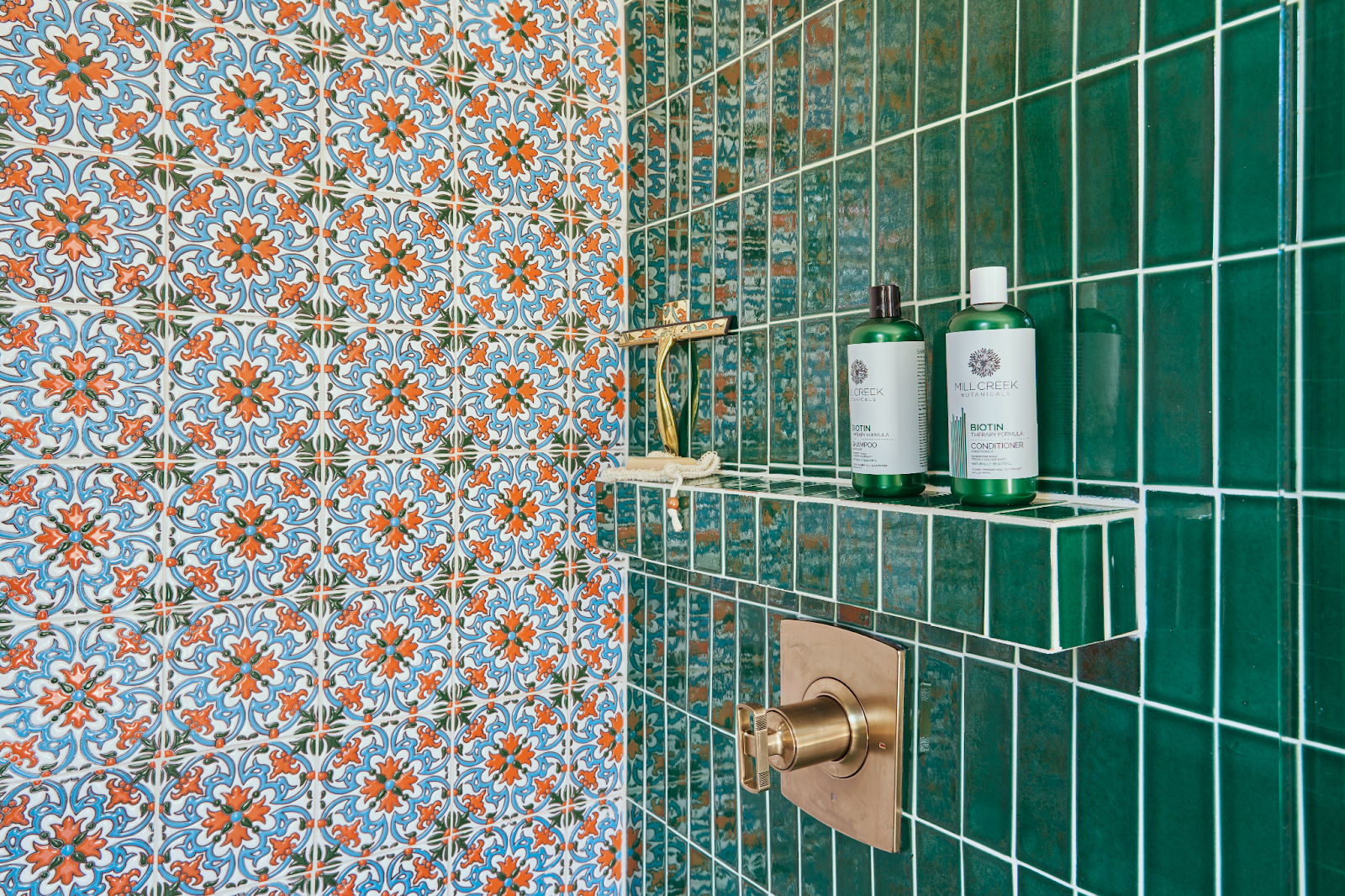 This grout to trim is the perfect choice for Recycled Clay tiles
This grout to trim is the perfect choice for Recycled Clay tiles
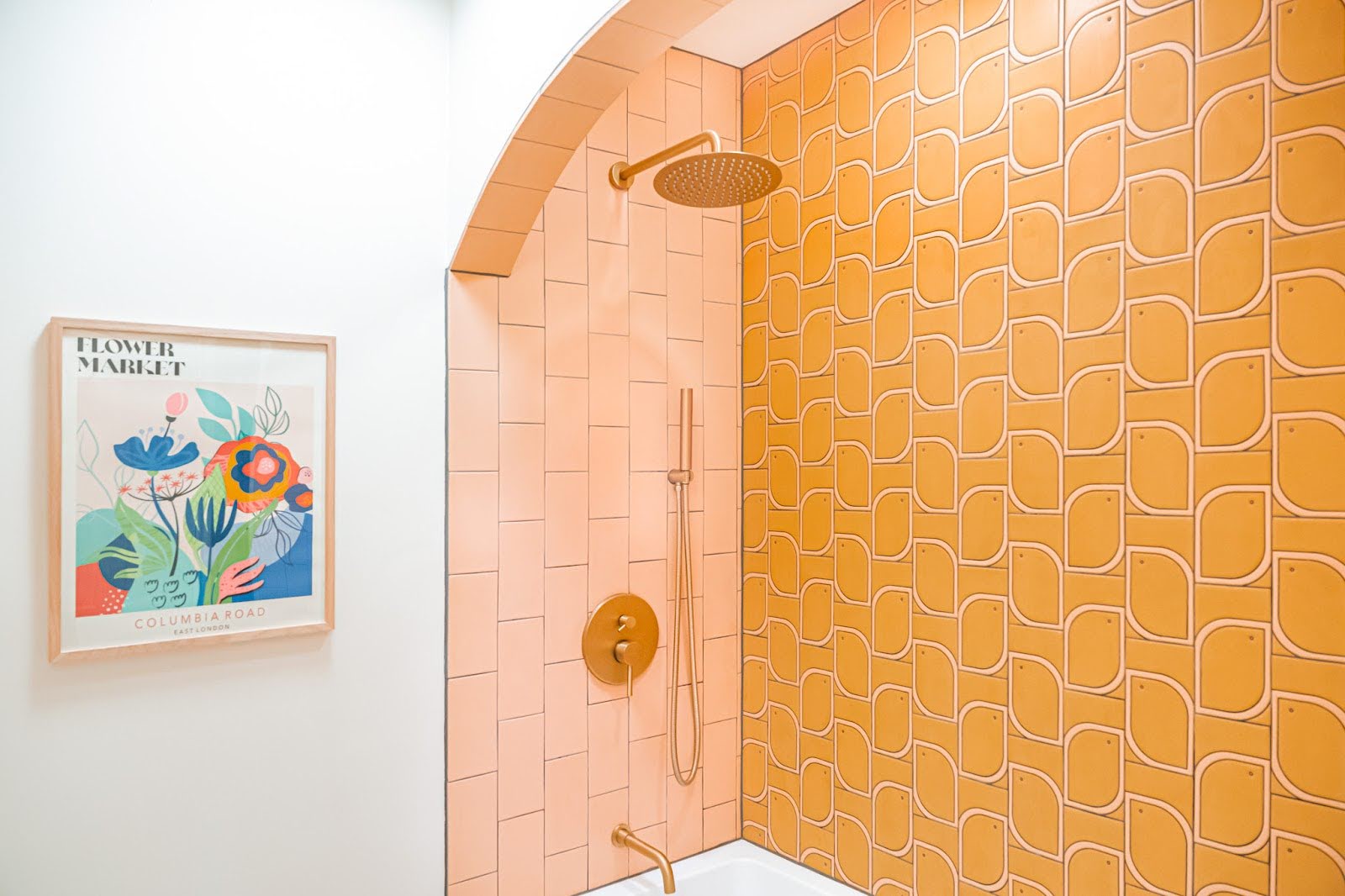 Design by Ayse Design
Design by Ayse Design
Exposed Edge: By leaving the edges of the tile exposed, you can enhance the natural look of the space and opt for a simple trim solution. The decision ultimately depends on the aesthetic you desire. This approach is not only straightforward but also ideal for quick fixes or to maintain a natural appearance.
 Design Stutler Cabinets | Photo Kaitlin Green
Design Stutler Cabinets | Photo Kaitlin Green
Paint: Paint used as a tile trim is applied directly to the edges of the tiles or the joint areas, providing a smooth and cohesive finish. It is commonly employed when the desired color or finish cannot be achieved through the selection of tile alone. It is often used in areas such as kitchen backsplashes, bathroom walls, or fireplace surrounds, allowing for easy color coordination and design flexibility.
 Design by Kim Lewis Design | Photo Chase Daniel
Design by Kim Lewis Design | Photo Chase Daniel
Wood: Wood as a tile trim can introduce a unique aesthetic to tile installations, offering warmth, natural beauty, and a touch of organic texture. In this kind of trim, you can use a wood pane or any wood piece to cover the edges of your tile installation. While wood as a trim might require more intensive maintenance work to avoid scratches, dents, and wear over time, the final look will add a sophisticated look to your overall design.
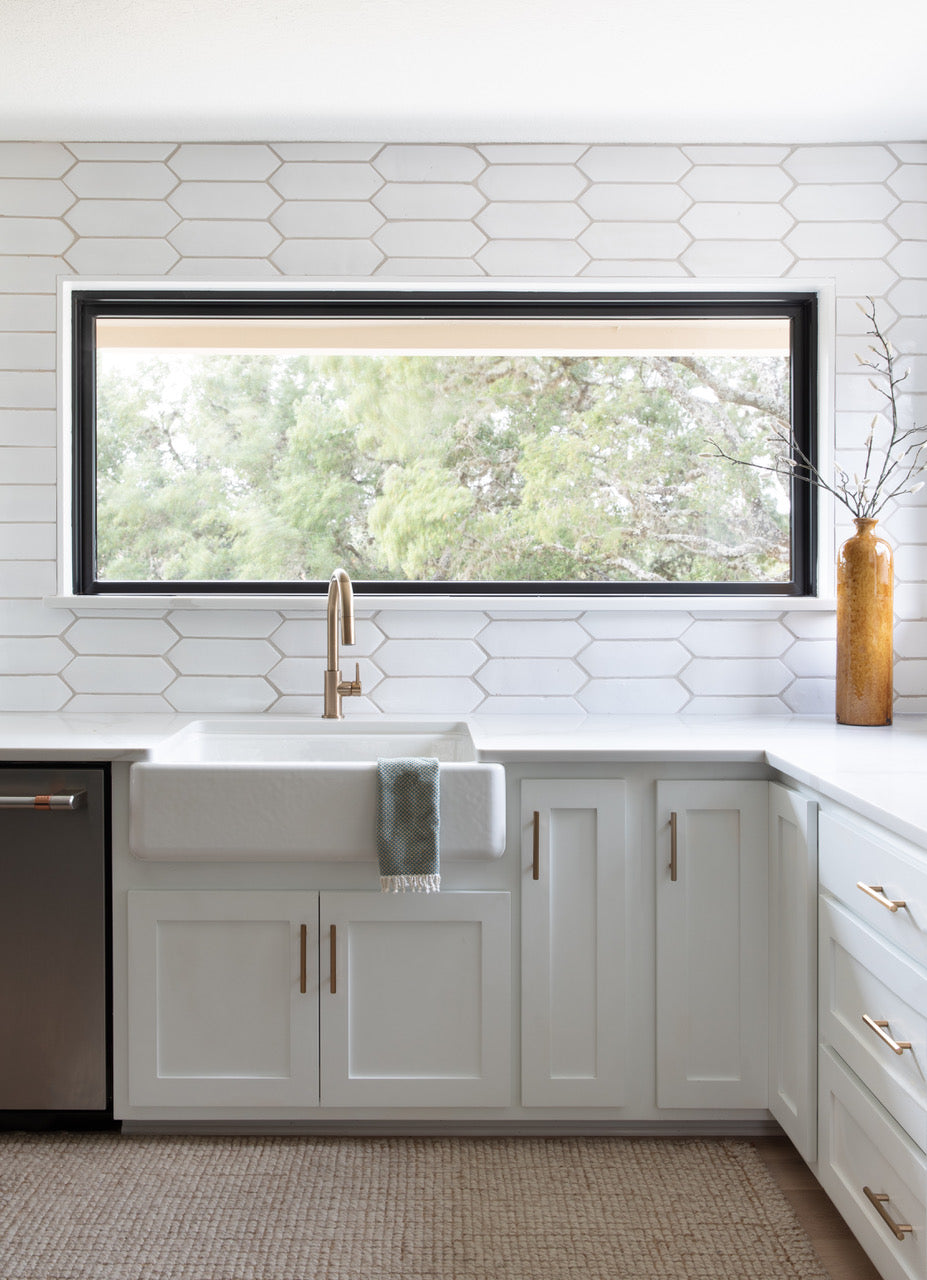 Design by Waller & Co. | Photo Molly Culver Photography
Design by Waller & Co. | Photo Molly Culver Photography
Design by Jude Green
Conclusion
Tile trims are indispensable elements that contribute to the overall aesthetics, functionality, and longevity of tile installations. Selecting the appropriate tile trim style is key to enhance the appearance of your tiled surfaces, create smooth transitions, and protect vulnerable edges. Whether you prefer a classic, contemporary, or decorative look, the wide range of tile trims available ensures that you can find the perfect finishing touch for your next tiling project.
Which trim will you be using? Let us know your ideas, or if you have any questions or require more information, don't hesitate to reach out to us at contact@clayimports.com


